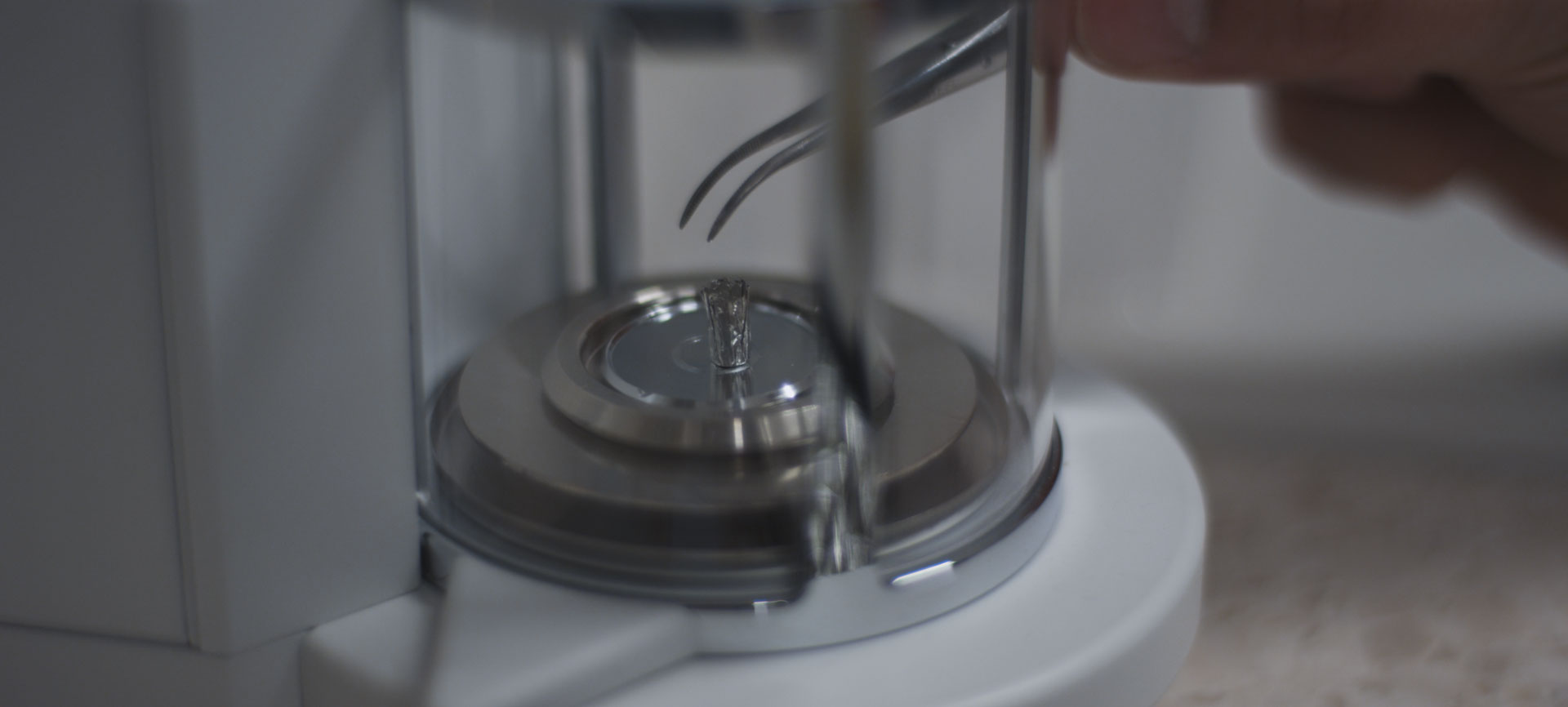Isotope Analysis
Analysis of stable isotopes has been widely used to obtain information on the geographic and biologic origin of various agricultural products.
Isotopes are the atoms of a singular chemical element and within their nuclei they contain the same number of protons and electrons but may have a different number of neutrons. In nature, each element has its own isotopic distribution, for example Carbon 12: 98,89% and Carbon 13: 1,11%. These values may be altered by biochemical and climate factors thus characterising a specific geographic area. Thus, the analysis of these values is extremely useful for studying the geographic identification of various agricultural products. One of the most utilised techniques in isotope analysis is Isotope-Ratio Mass Spectrometry (IRMS). The use of this analytical technique in the food sector is being used more and more due to the fact that it is quite useful not only for characterising the geographic origin of food products, but also to collect information on agronomic practices being utilised, such as the variation of fertilizers used, etc.
Isotope-Ratio Mass Spectrometry is based on the determination of the isotopic relationship of stable elements including hydrogen (2H/1H), carbon (13C/12C), nitrogen (15N/14N), oxygen (18O/16O) and sulphur (34S/32S).
In order to determine the isotopic relationship of a matrix, samples taken undergo combustion or pyrolysis. Then the gasses (NOx, CO2, SO2, H2, and CO) are sent to the mass spectrometer, which then determines the isotopic relationship. The value of the isotopic relationship of each element is expressed by δ‰ according to the following formula δ =[(Rsample −Rstandard)/Rstandard]×1000, where R is the relationship between the heaviest and the lightest isotopes (ex. 13C/12C), and is calculated with regards to internationally certified standard materials.
Goal: To determine the origin of regional agricultural products from the “Alpine arc” using Isotope-Ratio Mass Spectrometry (IRMS).



